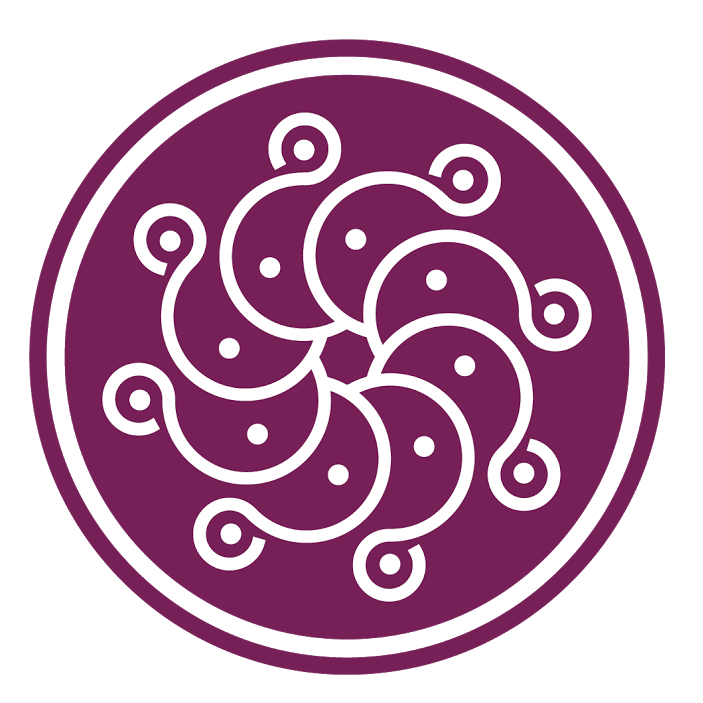
WATERTOWN, Mass.—The Armenian Museum of America re-opened in June with three floors of updated exhibitions including ancient and medieval artifacts, folk instrument displays and two contemporary art exhibits. At the same time, the Museum is continuing to offer virtual programs for members and supporters around the world.
The next online concert hosted by the Museum will feature young vocalists and musicians from the TUMO Center for Creative Technologies. The concert will stream online on Sunday, October 24 at 2:00 pm EST (11:00 am PST) via the Museum’s Facebook page and YouTube Channel.
TUMO is a free education center for teenagers in Armenia specializing in technology and design. The TUMO Band is led by Arik Grigoryan, a member of the popular rock band Bambir. The group met during his music workshop at TUMO. They perform genres from rock to classical, fusing the traditional with the modern.
“Our goal is to return to hosting cultural events such as this in our gallery, but we are happy to host the performances online and to partner with musicians in Yerevan and other cities for our local, national and international members and friends,” explains executive director Jason Sohigian.
“This exciting concert was recorded exclusively for the Armenian Museum, and it is free to attend thanks to a generous grant from the Dadourian Foundation, whose mission is to promote Armenian cultural identity,” adds Sohigian. “We do hope that viewers join the Museum as members, though, as it supports our mission to preserve and share Armenian heritage and culture. We’ve had an impressive response to our 50th anniversary membership drive and would like to continue the momentum.”
TUMO Center for Creative Technologies is made up of self-learning activities, workshops and project labs that cover technology and design including computer programming, animation, game development, robotics, 3D modeling, filmmaking and graphic design. More than 20,000 students currently attend TUMO centers in Armenia on a regular basis. In recent years, TUMO centers have opened in Paris, Moscow, Tirana, Berlin and Beirut.
TUMO’s music program explores many genres and instruments, as well as songwriting, composing and the use of digital audio software.
The 19 members of the band range in age from 14 to 23. They visit TUMO twice a week for the afterschool music program. Ten of the group members are vocalists. Others play instruments such as cello, guitar, violin and flute. This concert will include original songs by the band, as well as music written to accompany stories by Hovhannes Tumanyan, Mesrop Mashtots and Rumi.
The Armenian Museum of America is the largest Armenian museum in the Diaspora. It has grown into a major repository for all forms of Armenian material culture that illustrate the creative endeavors of the Armenian people over the centuries. Today, the Museum’s collections hold more than 25,000 artifacts including 5,000 ancient and medieval Armenian coins, 1,000 stamps and maps, 3,000 textiles and 180 Armenian inscribed rugs. In addition to more than 30,000 books in the Research Library, there is an extensive collection of Urartian and religious artifacts, ceramics, medieval illuminations and various other objects. The collection includes historically significant objects, including five of the Armenian Bibles printed in Amsterdam in 1666.
The Armenian Museum of America is currently open Friday through Sunday from 12:00 noon to 6:00 pm.



Be the first to comment